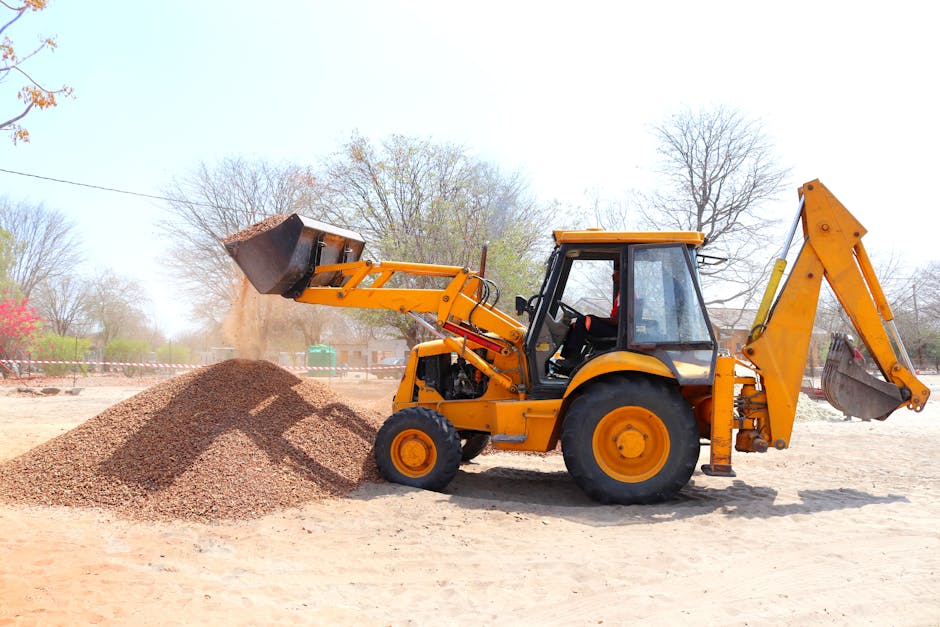
Excavation Techniques
Excavation Techniques
Excavation is an essential process in construction projects where the ground needs to be dug up to create a foundation, install utilities, or make way for other structures. There are various techniques used in excavation, depending on the specific requirements of the project.
Trenching
Trenching is a commonly used technique for small-scale excavations. It involves digging long, narrow trenches with specific depths and widths. Trenches are typically used for laying utility lines, drainage systems, or cables.
Stripping
Stripping is the process of removing topsoil and vegetation from a construction site to expose the underlying surface. This technique is often used in projects where the existing ground needs to be cleared before further excavation or construction can take place.
Rock Excavation
Rock excavation involves removing rocks or boulders from the ground using heavy machinery or explosives. This technique is used when the construction site contains solid rock formations that need to be cleared to make way for foundations or tunnels.
Drilling and Blasting
Drilling and blasting is a common technique used in large-scale excavation projects. It involves drilling holes into the ground and then using explosives to break up the rocks and soil. This method is often used for creating tunnels, roadways, or large basements.
Hydro Excavation
Hydro excavation, also known as vacuum excavation, utilizes high-pressure water to break up the soil and then a powerful vacuum system to remove the debris. This technique is commonly used when there is a need for precise digging around utility lines or sensitive underground structures.
